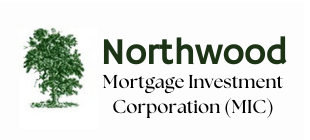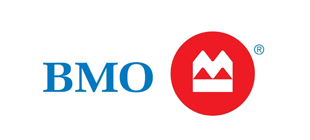As a homeowner in Ontario, there’s a high chance that things have changed since you first got the keys to your home, often entailing the urgent search for a new lender or the need to renovate.
In both cases, opting to switch mortgage lenders or refinancing are the best bets. Although both terminologies mean different options, they are often misunderstood by people.
In this blog, we will discuss the difference between refinancing and mortgage switching to enable you to decide which option is right for you.
What is mortgage refinancing?
Mortgage refinancing is a versatile tool in mortgage management used for various purposes, such as getting lower interest rates, receiving flexible loan payments, consolidating debts, and accessing home equity.
This tool involves replacing your current mortgage with a new one in a bid to reconstruct mortgage terms to your evolving financial objectives.
Refinancing can be done at any time and leads to significant savings. However, it is important to consider the fees and costs attached, which depend on registration, legal fees, prepayment charges, etc. Such expenses might offset previously calculated benefits.
What is a mortgage switch?
A mortgage switch involves the transfer of your existing mortgage from one lender to another at the time of renewal. As a homeowner, opting to switch mortgage lenders allows you to shop around for better rates, improved services, or flexible terms, thus saving you money in the long run.
Similar to refinancing, it is essential to evaluate the fees associated with the switch, such as discharge costs from the current lender, to ensure the benefits scale higher than the costs.
Key Differences Between Refinancing and a Mortgage Switch
Refinancing and a mortgage switch serve different purposes:
- Refinancing focuses on renegotiating the terms of your current mortgage in a bid to secure a lower interest rate, changing the loan duration, or accessing home equity. This option enables homeowners to modify their financial objectives without changing lenders.
- On the other hand, a mortgage switch entails the transfer of your mortgage to a new lender to benefit from better rates and improved services.
Interestingly, the process for both mortgage tools differs:
- The refinancing process can be done at any time and requires extensive paperwork, a potential appraisal fee, and a possible penalty fee for early repayment.
- Choosing to switch mortgage lenders usually occurs during renewal and often includes discharge fees from existing lenders and set-up fees with new ones.
Which option is right for you?
Deciding between refinancing and switching depends on your financial goals, current interest rates, and the time left on your mortgage.
If you’re looking to adjust your loan terms or access equity, then refinancing may be the better choice.
However, if you’re primarily seeking better rates or service, then a mortgage switch could be more beneficial.
It’s important to carefully assess your unique financial situation and long-term objectives before making a decision. While both options are key tools used to improve your mortgage experience, refinancing is more about reconstructing your loan deal, while a mortgage switch is about finding a better lending partner.
How Northwood Mortgage Can Assist You
Northwood Mortgage is one of the largest and most trusted brokerages in the Greater Toronto Area, offering expert guidance in refinancing and mortgage switching. Our expert team of agents and brokers provides insights from decades of experience to help you make the right decision in the housing market.
Whether you are keen on refinancing or switching, we can assist you! Call us today at (416) 969-8130 or contact us online to explore how we can find you the best mortgage option.






































